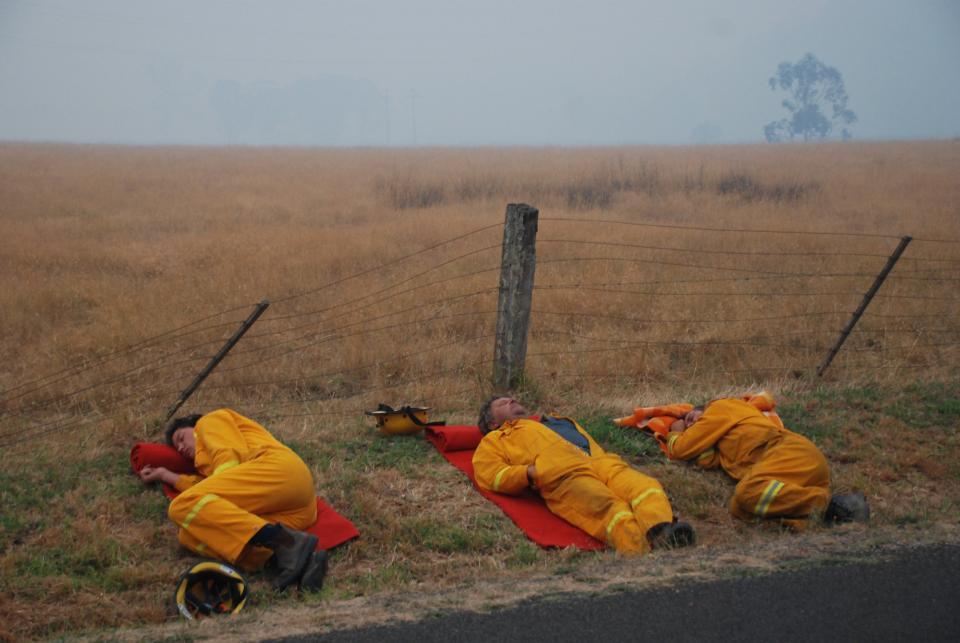
PUBLICATIONS
Published works

Salivary cortisol profiles of on-call from home fire and emergency service personnel
| Title | Salivary cortisol profiles of on-call from home fire and emergency service personnel |
| Publication Type | Journal Article |
| Year of Publication | 2019 |
| Authors | Hall, SJ, Turner, AI, Robertson, SJ, Ferguson, S, Aisbett, B |
| Journal | The International Journal on the Biology of Stress |
| Date Published | 04/2019 |
| Keywords | Cortisol awakening response (CAR), distal on-call, diurnal cortisol profile, firefighters, home call, state emergency service workers |
| Abstract | Working on-call with a night call resulted in a depressed (lower) cortisol awakening response (CAR) peak and post-awakening cortisol area under the curve with respect to ground (AUCG) the following day compared to when off-call. This may be due to exposure to noise, physical exertion, and stressful events during night callouts. There was no anticipatory effect to working on-call in any of the cortisol measures examined. This study, of male fire and emergency service workers who operate on-call from home, had two aims: (1) examine CAR and diurnal cortisol profile following a night on-call with a call, on-call without a call, and off-call; and, (2) explore whether there is an anticipatory effect of working on-call from home on diurnal cortisol profiles. Participants wore activity monitors, completed sleep and work diaries and collected seven saliva samples a day (0 min, 30 min, 60 min, 3 h, 6 h, 9 h, and 12 h after final awakening) for one week. CAR peak, reactivity and area under the curve with respect to increase (AUCI), post-awakening cortisol AUCG, diurnal cortisol slope and AUCG, and mean 12-h cortisol concentrations were calculated. The final analysis included 26 participants for Aim 1 (22 off-call nights, 68 nights on-call without a call, and 20 nights on-call with a call) and 14 participants for Aim 2 (25 days leading up to a night off-call and 92 days leading up to a night on-call). Generalized estimating equations models were constructed for each variable of interest. Aim 1: CAR peak and post-awakening cortisol AUCG were 8.2 ± 3.4 nmol/L and 5.7 ± 2.4 units lower, respectively, following a night on-call with a call compared to an off-call night. Aim 2: the day before a night on-call was not a significant predictor in any model. The lower CAR peak and post-awakening cortisol AUCG following a night on-call with a call compared to following an off-call night may be due to exposure to noise, physical exertion, and stressful events during night callouts. The lack of difference between the day before a night on-call and the day before an off-call night suggests there may not be an anticipatory effect on cortisol when on-call from home. |
| URL | https://www.tandfonline.com/eprint/yDhRfifePuVq2Fxf8MCZ/full?target=10.1080%2F10253890.2019.1584178& |
| DOI | 10.1080/10253890.2019.1584178 |
| Refereed Designation | Refereed |
Published Works


